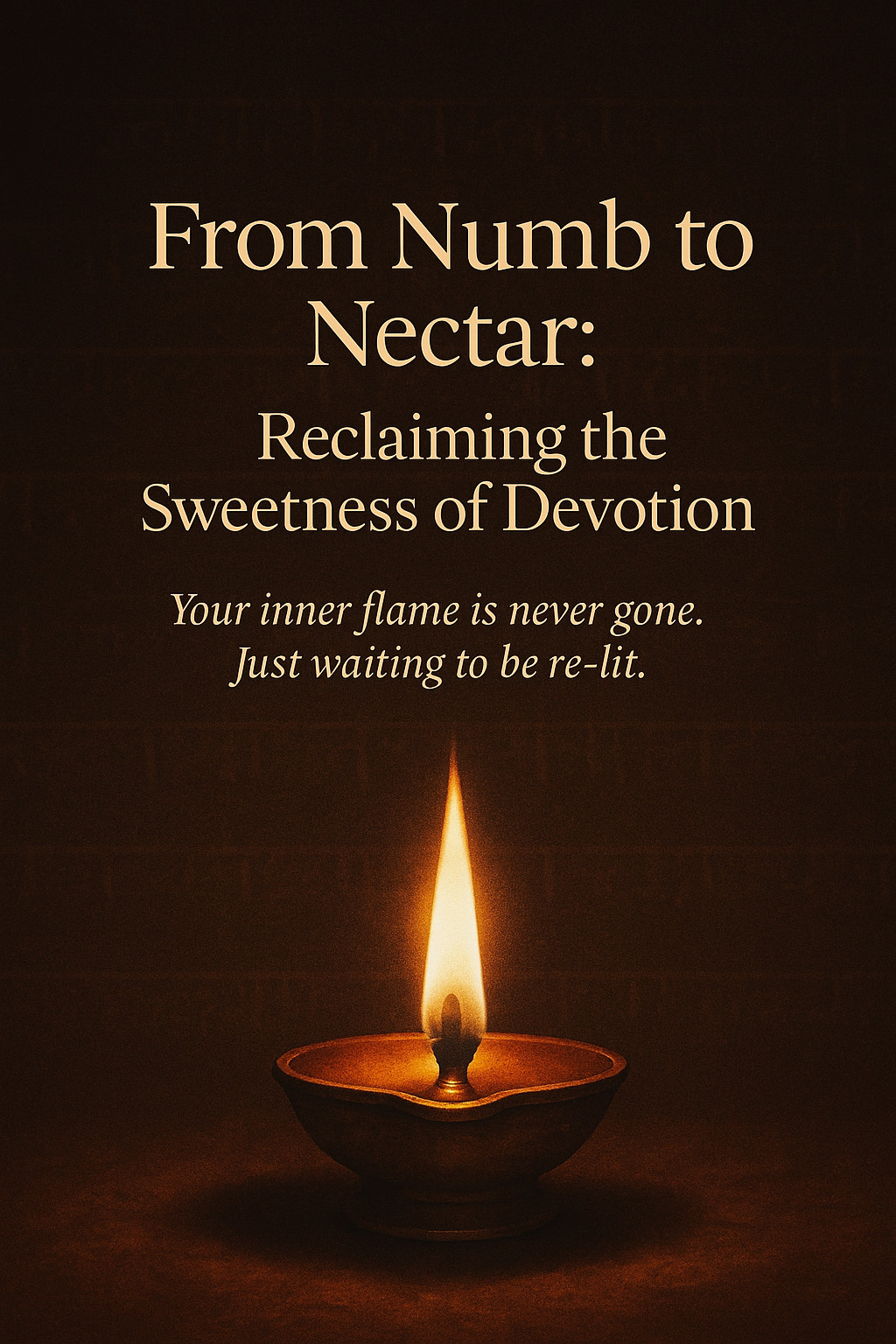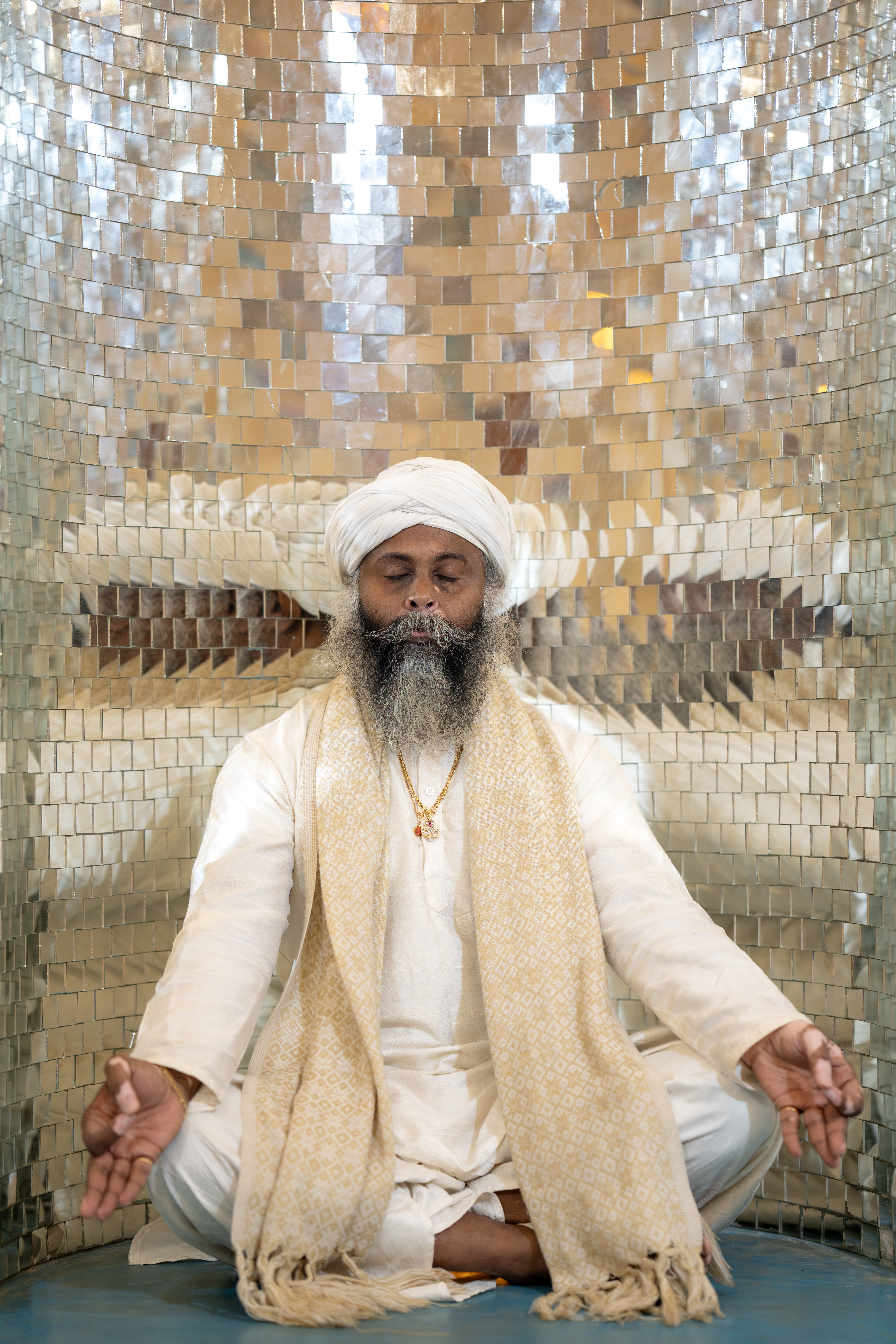Navaratri and the Shri Yantra are deeply intertwined within the spiritual practices of Hinduism, both representing the profound journey towards inner awakening, divine energy, and cosmic balance. Navaratri, a nine-night festival, celebrates the different forms of the Goddess Durga, symbolizing the victory of good over evil and the awakening of the divine feminine energy, *Shakti*. The Shri Yantra, a sacred geometric symbol, is also directly connected to the Goddess, as it represents the energy of Shakti in its most potent form, offering a path to spiritual awakening and prosperity.
### **Navaratri: Awakening Divine Shakti**
Navaratri is dedicated to the worship of the nine forms of Goddess Durga, each form representing different facets of feminine energy—creation, preservation, destruction, and transformation. These nine days are seen as a time for devotees to connect with their inner spiritual energy, to overcome obstacles, and to purify themselves on all levels—physically, mentally, and spiritually.
During Navaratri, the focus is on aligning oneself with the Goddess' energy, seeking her blessings for courage, wisdom, protection, and transformation. This sacred time is used for meditation, fasting, chanting mantras, and performing rituals that help purify the mind and body, aiding the journey inward towards one's true Self.
### **The Shri Yantra: The Cosmic Map**
The Shri Yantra is an ancient and powerful symbol in Hindu tantra, known as the "King of all Yantras." It is considered a tool for harnessing divine energy and represents the universe in its most sacred geometric form. The Shri Yantra consists of interlocking triangles that form a lotus of eight petals, representing the dynamic interplay of the cosmic forces of creation and dissolution.
Each triangle and lotus petal in the Shri Yantra holds a specific energy, corresponding to different aspects of the cosmos, consciousness, and the Goddess herself. The upward triangles represent Shiva (masculine energy), while the downward triangles represent Shakti (feminine energy). Together, they symbolize the unity of divine masculine and feminine principles.
The central point, or *Bindu*, represents the union of these energies and the point of creation, symbolizing the ultimate reality or source from which the universe manifests.
### **The Connection Between Navaratri and the Shri Yantra**
During Navaratri, many spiritual practitioners meditate on the Shri Yantra, as it is seen as a direct representation of the Goddess in her most potent form. The nine days of Navaratri correspond to the nine levels or steps within the Shri Yantra, known as *Avaranas*, which represent different layers of consciousness that one must transcend to reach the Divine.
Here’s how the Shri Yantra complements the spiritual essence of Navaratri:
1. **Invoking the Goddess**: During Navaratri, devotees invoke different aspects of Goddess Durga, just as the Shri Yantra represents her in all her forms, from creation to dissolution. Meditating on the Shri Yantra is believed to connect the devotee directly with the divine feminine energy, invoking protection, abundance, and spiritual awakening.
2. **Manifesting Prosperity and Abundance**: The Shri Yantra is not only a symbol of spiritual ascension but also of material prosperity. It is often used during Navaratri as a tool to attract wealth, success, and happiness, aligning with the festival's prayers for abundance in all aspects of life.
3. **Path to Inner Awakening**: Navaratri is a time to purify and elevate one’s consciousness. Similarly, the Shri Yantra acts as a roadmap for spiritual ascent, guiding practitioners through different layers of consciousness until they reach the core of divine realization. The nine nights of Navaratri symbolize the gradual shedding of ego and ignorance, akin to the journey through the nine layers of the Shri Yantra towards the ultimate truth.
4. **The Balance of Energy**: Just as Navaratri celebrates the balance between different forms of the Goddess—her nurturing, protective, and destructive aspects—the Shri Yantra is a symbol of balance between masculine and feminine energies. Meditating on the Shri Yantra during Navaratri helps harmonize these energies within the practitioner.
### **Rituals Involving the Shri Yantra During Navaratri**
- **Shri Yantra Puja**: During Navaratri, many devotees perform puja (ritual worship) to the Shri Yantra, offering flowers, incense, and prayers. This puja is considered highly auspicious for invoking the blessings of Goddess Durga for protection, abundance, and spiritual growth.
- **Shri Yantra Meditation**: Meditating on the Shri Yantra’s geometric patterns is a common practice during Navaratri. It is believed to help in focusing the mind, clearing negative energies, and aligning oneself with divine cosmic energy.
- **Chanting Shri Suktam**: Reciting the Shri Suktam (a hymn dedicated to Goddess Lakshmi) in front of the Shri Yantra is another powerful ritual during Navaratri. This practice is said to remove obstacles and bring prosperity.
### **Conclusion**
The connection between Navaratri and the Shri Yantra is profound and symbolic, with both representing the divine feminine energy of the universe and its role in creation, sustenance, and transformation. Navaratri offers a sacred opportunity to honor this energy, and the Shri Yantra serves as a tool to connect with it more deeply. Together, they guide us towards inner awakening, spiritual growth, and the realization of abundance and prosperity in both the material and spiritual realms.

